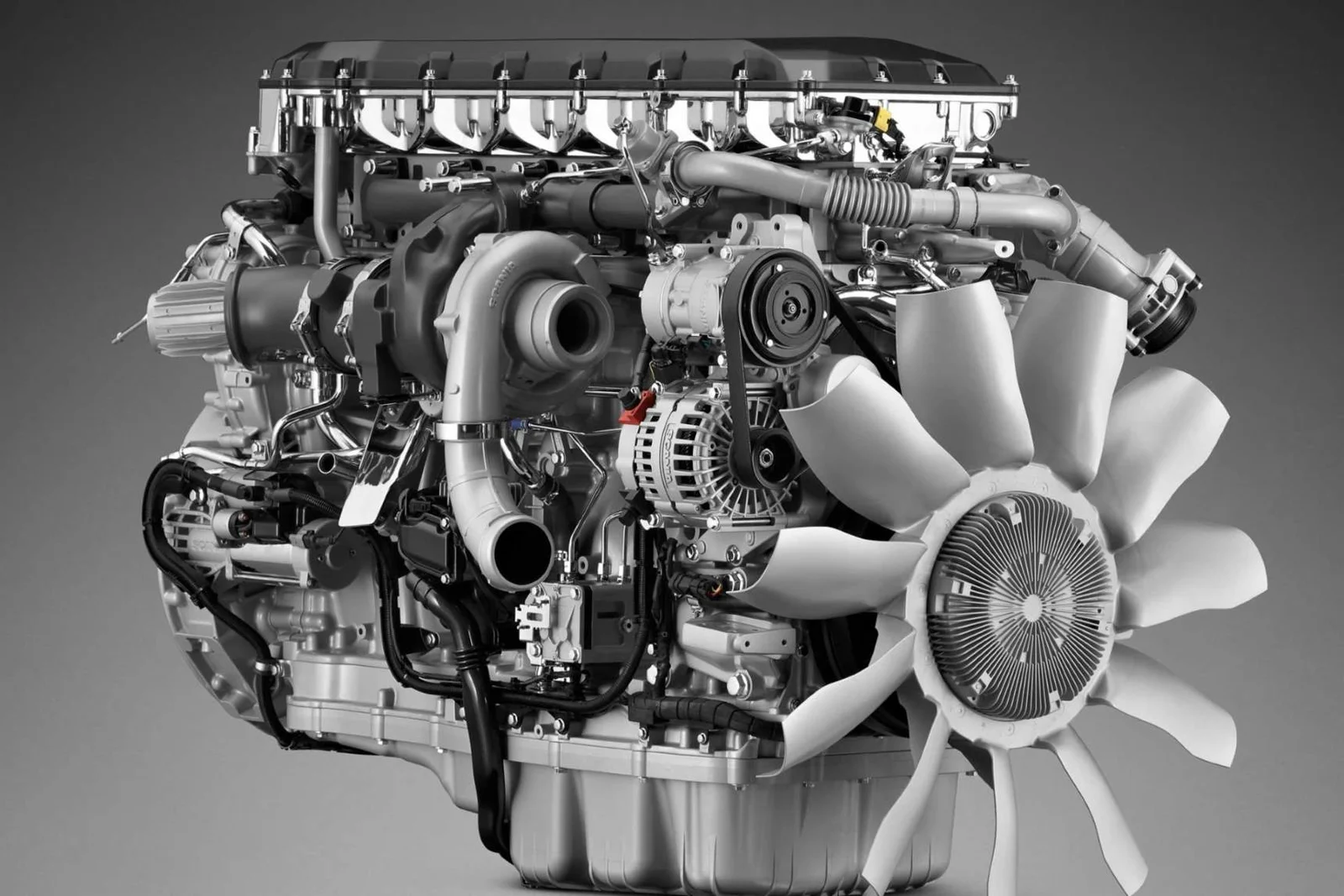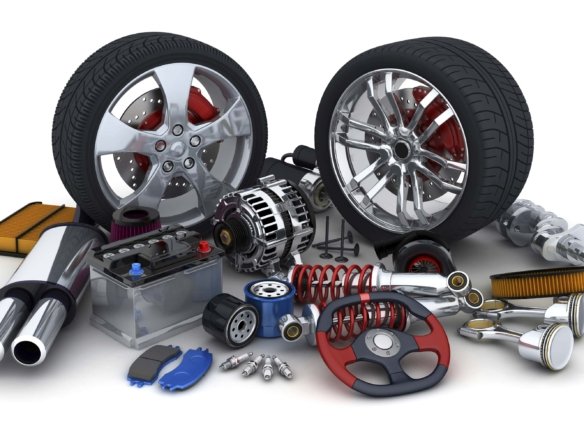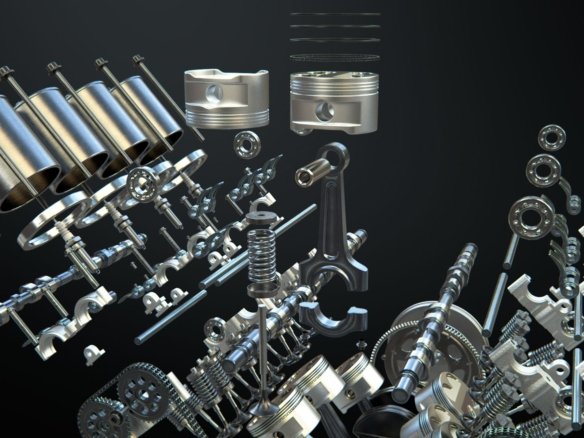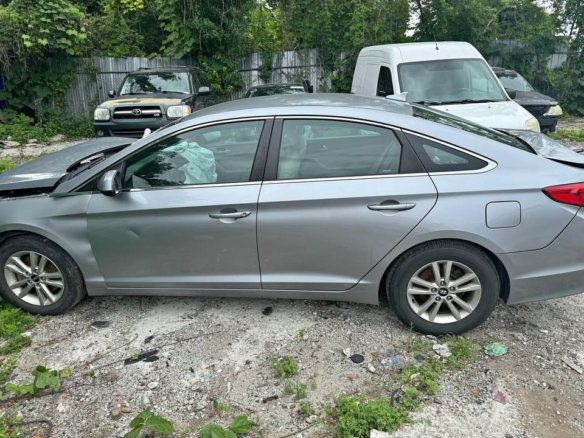Buying a used engine is a smart move when you want OEM performance without the dealership price. But before you turn that key, it’s critical to properly prep your salvaged engine to ensure a safe, clean start—and avoid long-term damage.
At Bigansto, we inspect every engine before sale. But here’s what you need to do once it arrives in your shop or garage.
🧼 1. Inspect the Engine for Damage and Leaks
Before installing anything, do a visual inspection:
- Look for cracks in the block or head
- Check for oil leaks, coolant residue, or broken mounts
- Inspect for rust, corrosion, or damage from storage
✅ Pro Tip: If anything looks off, contact your parts supplier before proceeding. Reputable sellers like Bigansto offer guarantees and support.
🔁 2. Replace Wear-and-Tear Components
Used engines come with miles—so freshen up the components that usually wear out. Replace:
- Spark plugs
- Belts (timing, serpentine)
- Hoses
- Gaskets
- Thermostat
- Water pump (optional but smart)
- Rear main seal (while it’s accessible)
This small investment now prevents huge repairs later.
💧 3. Drain Old Fluids Completely
Even if the engine was drained at the yard, always:
- Drain any remaining oil and replace with fresh oil + filter
- Drain coolant and refill with new coolant
- Check for any residual fuel (especially if it’s been sitting)
⚠️ Old fluids can break down or become contaminated during storage.
🧠 4. Check Sensors & Wiring Harnesses
Verify that:
- All engine sensors are intact and not damaged
- Wiring connectors are clean and corrosion-free
- You have compatibility between the engine and your vehicle’s ECU
You may need to swap some sensors from your old engine to ensure proper communication.
🔄 5. Turn the Crankshaft by Hand
Before doing anything electrical:
- Use a socket and breaker bar to turn the crankshaft manually
- Make sure the engine spins freely without resistance or unusual noise
🔧 If it’s stuck or binds up, stop and re-evaluate—it could indicate internal damage.
🔌 6. Prime the Engine with Oil
You don’t want a dry start. Prime the oil system by:
- Removing the spark plugs
- Disconnecting the fuel system
- Cranking the engine (starter motor) for 10–15 seconds
- Watching for oil pressure buildup
This coats internal components in oil before combustion begins.
🚀 7. First Start Checklist
When you’re ready to start the engine:
- Double-check all vacuum and coolant hoses
- Reconnect the fuel system and plugs
- Make sure all fluids are topped off
- Start the engine and let it idle
- Monitor for leaks, smoke, or strange noises
- Use a scan tool to check for codes or sensor issues
Let it run and warm up gradually. Don’t rev it hard on first start.
🧰 Bonus Tip: Use a Break-In Oil for the First 500–1,000 Miles
If the engine has new gaskets, seals, or rings, a break-in oil can help seat everything properly. Then switch to regular oil after the break-in period.
🏁 Final Thoughts
A salvaged engine can deliver years of performance—if you prep it right. Skipping steps or rushing the install can lead to costly mistakes and early failure.
Looking for a reliable used engine?
At Bigansto, we sell tested, inspected OEM engines for most makes and models. Our powertrains are pulled by pros, pressure-tested, and ready for installation.
Contact us today to find the right engine for your next build.





Join The Discussion